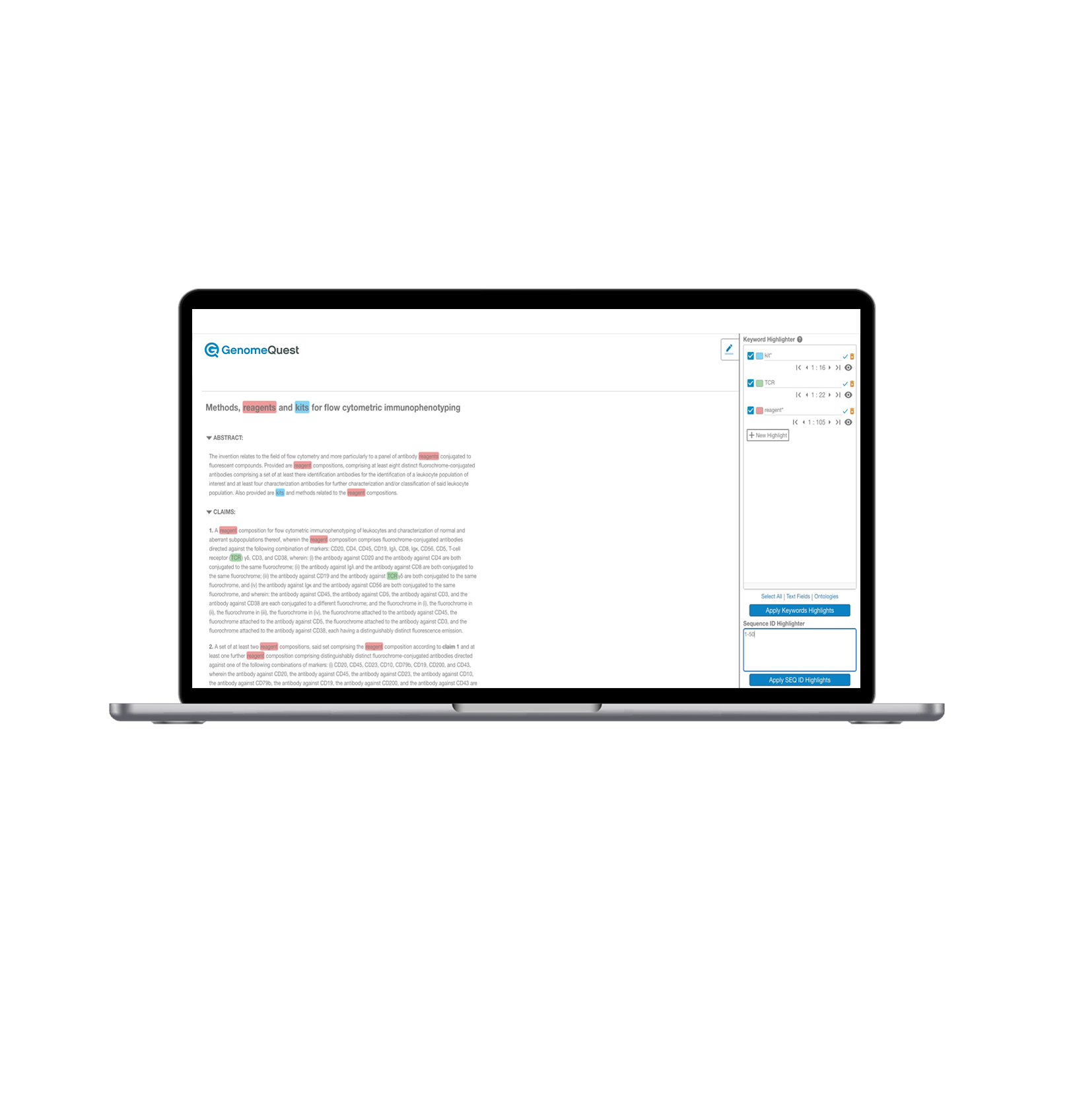Copyright for Engineered DNA, Part 3
Copyright for Engineered DNA, Part 3
Copyright for Engineered DNA, Part 3
Jul 25, 2017
 Aptean Staff Writer
Aptean Staff Writer 
With the United States Supreme Court ruling in Myriad, the enforceability of certain claims in existing gene patents and the broader patentability of genetic material has been cast into a state of some disarray.
In this three part series, guest blogger and thought leader Professor Chris Holman at the University of Missouri-Kansas City Law School explores the idea that copyright law rather than patent law may better suit genetic material as intellectual property. Professor Holman authors the well-known Holman’s Biotech IP Blog and is the executive editor of Biotechnology Law Report.
Please see Part 1 and Part 2 should you have missed it.
Since publishing my DNA copyright article in 2011, I have been approached by a number of companies who are interested in exploring the possibility of using copyright to protect their products. I have also been contacted by a number of attorneys at intellectual property law firms who are considering the applicability of copyright to engineered DNA. In fact, I am aware of at least one law firm that is actively making presentations to major biotechnology companies encouraging them to consider asserting copyright in their products, presumably by filing a copyright infringement lawsuit against an alleged infringer. Recall that registration with the Copyright Office can strengthen copyright, but it is not a prerequisite to filing and winning a copyright infringement lawsuit (as long as the copyright owner at least attempts to register the work). So the Copyright Office’s position on the copyrightability of DNA does not preclude the courts from declaring engineered DNA copyrightable. There is precedent for this. For example, the Copyright Office originally refused to register videogame displays, asserting that they were not copyrightable works, but this was appealed and the courts overruled the Office, finding that in fact a videogame display could be copyrightable.
Indeed, one biotechnology company is sufficiently interested that it agreed to collaborate with Professor Torrance and myself in a project designed to advance the conversation on the copyrightability of DNA. The company is DNA2.0, a leading DNA synthesis company that designs and synthesizes engineered genetic sequences. Professor Torrance and I assisted DNA2.0 in attempting to register one of the company’s engineered DNA sequences with the Copyright Office as a copyrightable work. As expected, the Office refused to register it, and we responded by filing petition arguing for the copyrightability of engineered DNA. Our petition pointed out some of the policy advantages which could flow from such a development. We were not optimistic on the likelihood of changing the Office’s position, but at least we hoped to get a formal statement of the Copyright Office’s rationale its position on this issue.
It took 14 months to hear back from the Copyright Office, but when we did we were gratified to see that we had received a detailed explanation from the Office’s Director of Copyright Policy and Practice, who apologized for the delay, explaining that this was a matter of first impression for the Office and that Office personnel had spent a substantial amount of time figuring out how to respond to it. Frankly, in our opinion none of the Director’s legal justifications for the disparate treatment of engineered computer code and engineered genetic code were persuasive.
We could have appealed the case in the courts, as was the case with videogame displays, but the cost of pursuing such an appeal was more than DNA2.0, still a relatively small startup, was willing to commit. I have written up an article describing our experience attempting to register the DNA2.0 sequence, including a detailed response which we think refutes the Office’s stated rationale for denying registration, which should be published sometime in 2016. I think many in the biotechnology community will find it interesting. Who knows, maybe at some point there will be enough interest that someone will actually challenge the Copyright Office’s stance on engineered DNA in the courts. It would be very interesting to see how a court would respond – frankly, I think the Copyright Office would have a hard time defending its position, much as it did when it argued that videogame displays cannot be copyrighted.
With its extensive data coverage (over 500 million sequences), powerful search tools and user-friendly functionality, Aptean GenomeQuest is the obvious choice for searching the entire sequence domain, both patent and non-patent.
Avoid the pitfalls of using free solutions for IP sequence searching. Download our RFP template or start a free trial today!
About Chris Holman
Chris Holman is a Professor at University of Missouri-Kansas City Law School, as well as the author Holman’s Biotech IP Blog and Executive Editor of Biotechnology Law Report. GQ Life Sciences is thrilled to have him be a guest blogger.
Ready for Your IP Sequence Search Solution
Use our free request for proposal (RFP) template to identify the right IP sequence search solution for your business.



